The graveyard of technology is riddled with failed products: remember the Apple Newton? Or Microsoft’s Zune? How about Amazon’s Fire Phone?
And yet in Silicon Valley “failing fast” is heralded as a virtue and, sometimes, even failing slowly can have unforeseeable benefits. Cutting-edge products may die an embarrassing death, but they often also lay the groundwork for better, more well-timed ideas that flourish later on. This is a list of failures, yes, but failures that led to success or may yet still lead to something world-changing. That’s why we’ve called these technology’s most successful failed products. Like an experiment gone awry, they can still teach us something about technology and how people want to use it.
This list, ranked in order of influence, was extensively debated by TIME’s technology team. What did we fail to include?
20. Napster
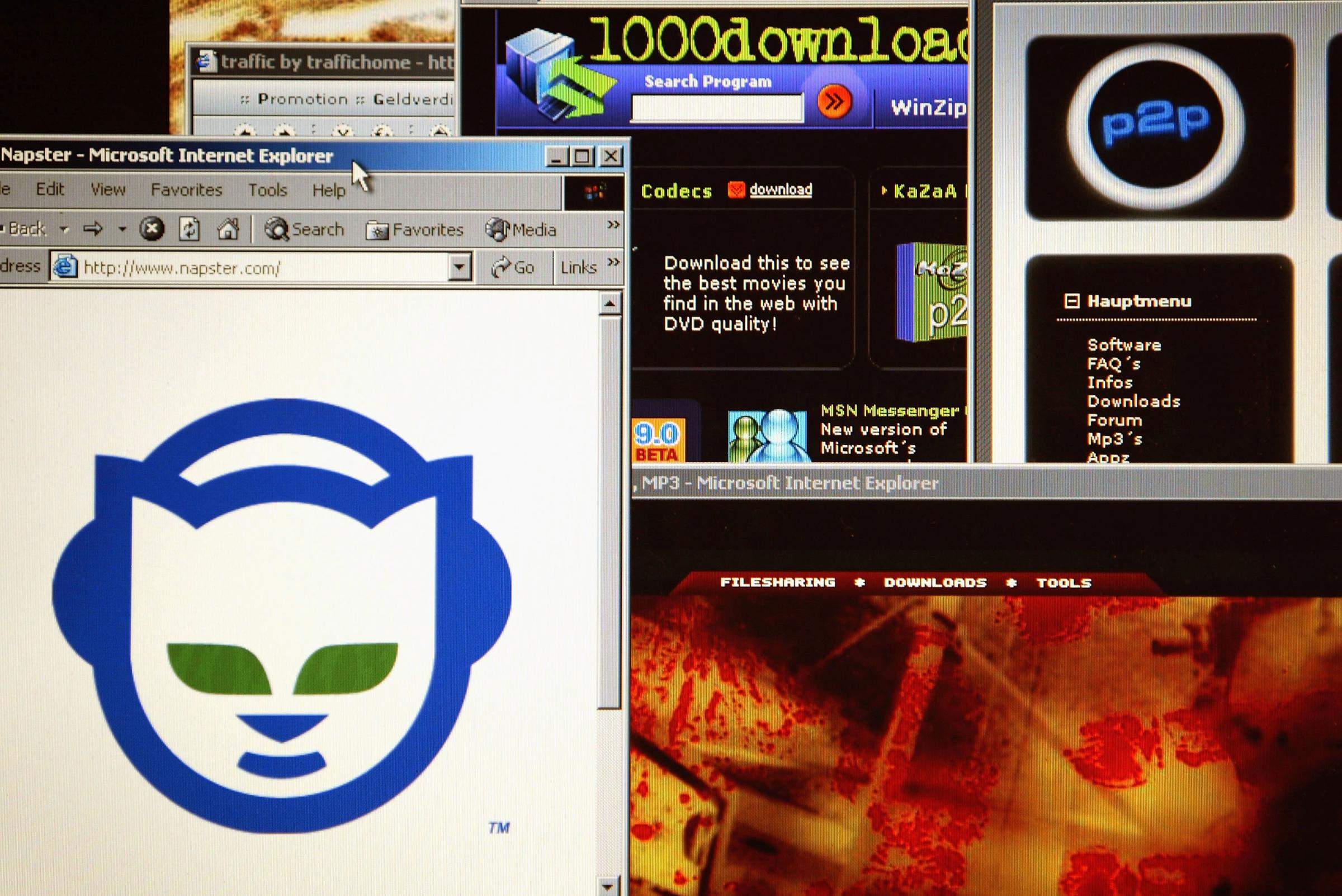
Without Napster something else would surely have popularized online file sharing, but credit where credit’s due. Napster’s meteoric turn of the century rise as the world’s de facto peer-to-peer Internet client hastened the shift away from compact discs to ethereal digital tunes (the notion that your entire music collection might fit on a hard drive was unimaginable before Napster). Less well-known, is the way the service also paved the way for the wide-spread adoption of some important technical blueprints for the middle ages of the Internet. And the story of its pugnacious young founder, Shawn Fanning, undoubtedly influenced the careers of a host of startup founders who followed. Napster’s greatest strength—the unfettered exchange of anything, including copyright-infringing songs and albums—eventually proved its Achilles heel, forcing it to shift to a subscription-based model that ultimately drove it to bankruptcy.
19. BlackBerry
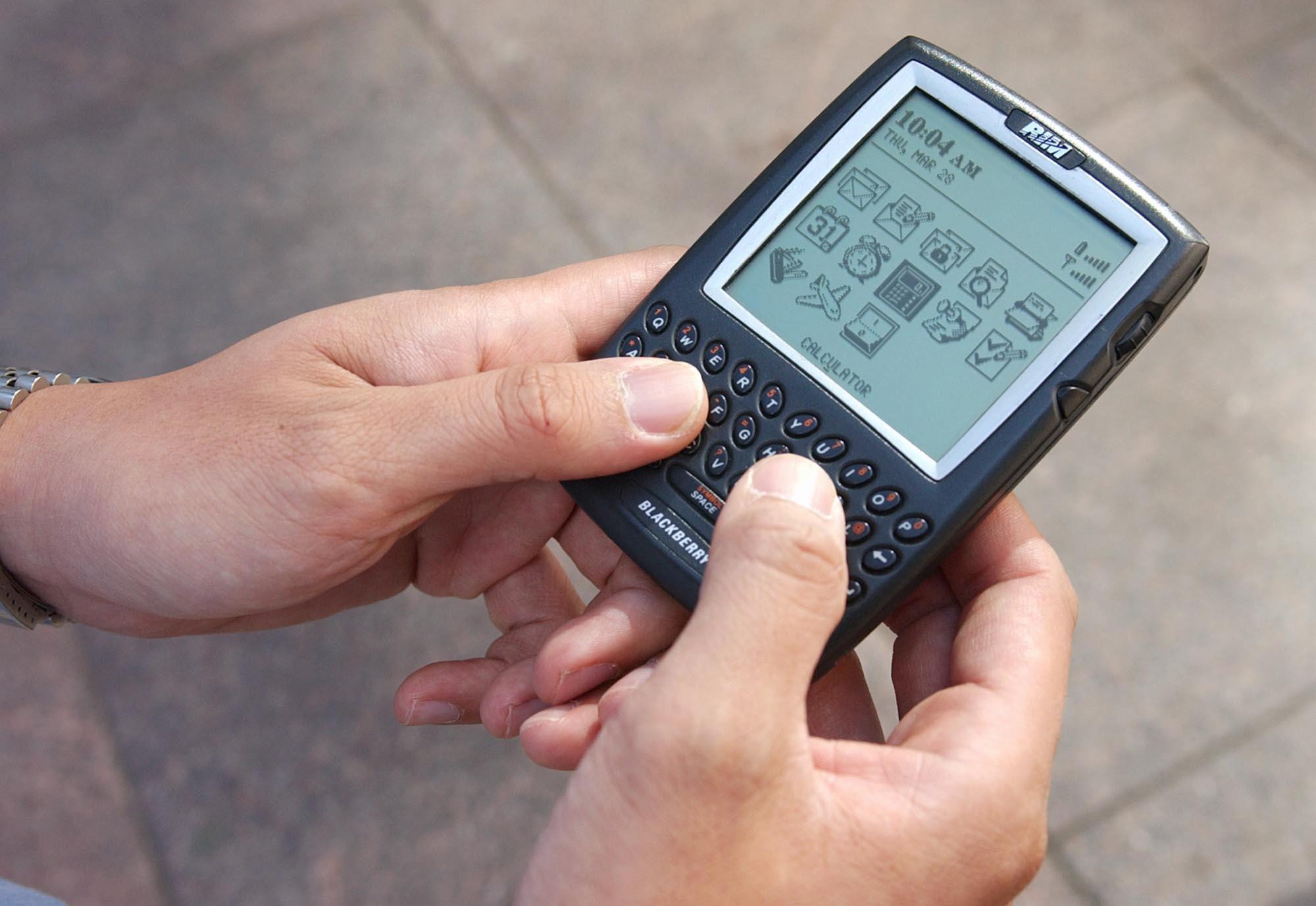
Before the iPhone, there was the BlackBerry — or “CrackBerry,” as the devices’ obsessed users affectionately referred to them. These iconic devices were many users’ first smartphones, able to connect to the Internet, send and receive email, and chat with one another over the company’s BlackBerry Messenger, or BBM, service. And they were everywhere: Research in Motion, as BlackBerry was then called, sold more than 50 million of the devices in 2011.
But that proved to be the company’s high-water mark. RIM failed to keep up with the times, stubbornly sticking with its trademark physical keyboard rather than adopting an iPhone-like full touchscreen, which quickly became fashionable. By 2016, BlackBerry was selling only about 4 million devices annually. BlackBerry exists today only as a shadow of its former self, but the company’s devices paved the way for the super-powered smartphones we carry around today.
18. AOL

It’s hard to look at what America Online was and not wonder what it could have been. The first Internet service provider to capture the country’s attention, it began to gobble up content on the web much in the same way that Facebook and Google are doing today. And AOL’s Instant Messenger platform was, arguably, a precursor to every messaging app currently in operation. It’s not a stretch to say AOL was the first popular social network, buddy lists and all. But eventually the company was both clotheslined by subscribers departing for faster ISPs and undercut by free Internet services like Microsoft’s Hotmail and Google’s Gmail, which quickly antiquated the iconic “You’ve Got Mail” alert.
17. Palm Pilot
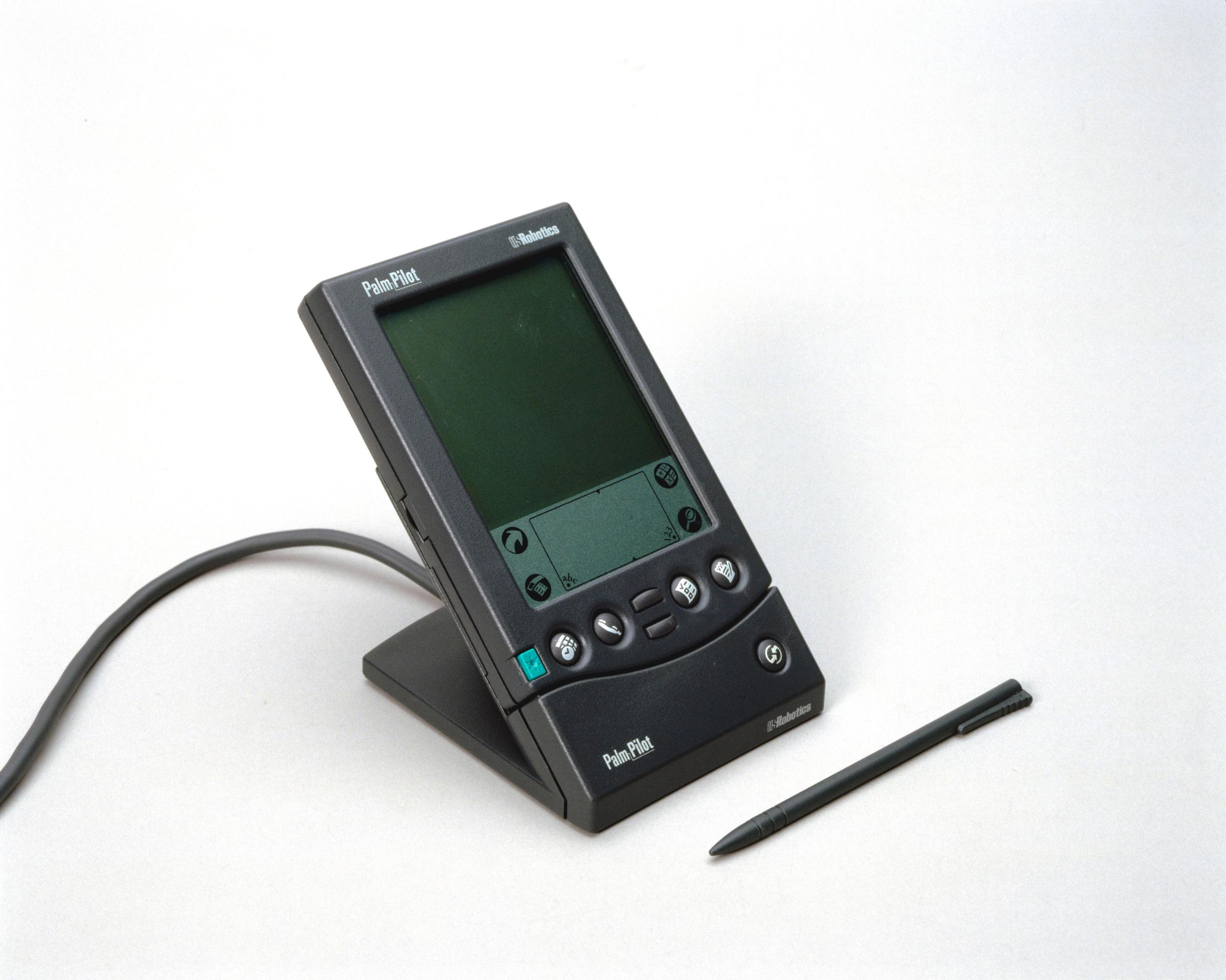
The first mainstream product to fit our digital lives into our pockets, the original Palm Pilot PDA sold a million units in its first year alone, which makes it hard to brand the device a failure. But that was 1997, the year in which Microsoft came in and rescued Apple with a $150 investment, and the rest — iPods and iPhones — is history. That Palm was never able to convert the beachhead it established in mobile computing into a smartphone empire is one of the biggest tragedies in all of tech. Acquired by HP in 2010, Palm has devolved into a zombie brand, continually churning out handheld devices that neither sell well nor move the ball forward. Currently the company is owned by TCL, which also owns BlackBerry.
16. Betamax

Stop me if you’ve heard this one: Betamax was better than VHS and only flopped because Sony fumbled its marketing. That’s about half right. In truth, Betamax’s technical bona fides were trifling (even to videophiles), and that, along with its higher price tag, made VHS the consumer no-brainer. Though its technical impact was nominal, Betamax’s iconic role in the latter part of the 20th century’s videotape format wars laid the notional groundwork for all the binary platform battles since.
15. GM EV-1

Today, it feels more clear than ever that electric cars will be at least a part of our automotive future. Upstart electric automaker Tesla is leading the charge, having sold over 76,000 vehicles in 2016. But it was a legacy Detroit company, General Motors, that put the first mass-produced electric vehicle on the road.
The GM EV-1, available between 1996 and 1999, was a hit with the small number of customers who got to lease one. (They were only leased, not sold, and less than 2,500 were made). But GM ultimately decided that electric vehicles were too niche, controversially scrapping the program and sending most EV-1s to the crushers. The modern EV renaissance, however, is evidence there’s a market for these cars — and now even GM is getting back in the game with its Chevy Bolt.
14. Netscape

It’s fair to call Netscape a dinosaur of technology — after all, the web browser launched 22 years ago, which is eons in in Silicon Valley time. But the company played a vital role in the way tech develops through the antitrust lawsuit it won against Microsoft, a decision with implications that still influence the industry today. Yet while Netscape won that battle, it eventually lost the browser war — but not before selling itself off to AOL for $4.2 billion.
13. Windows 8
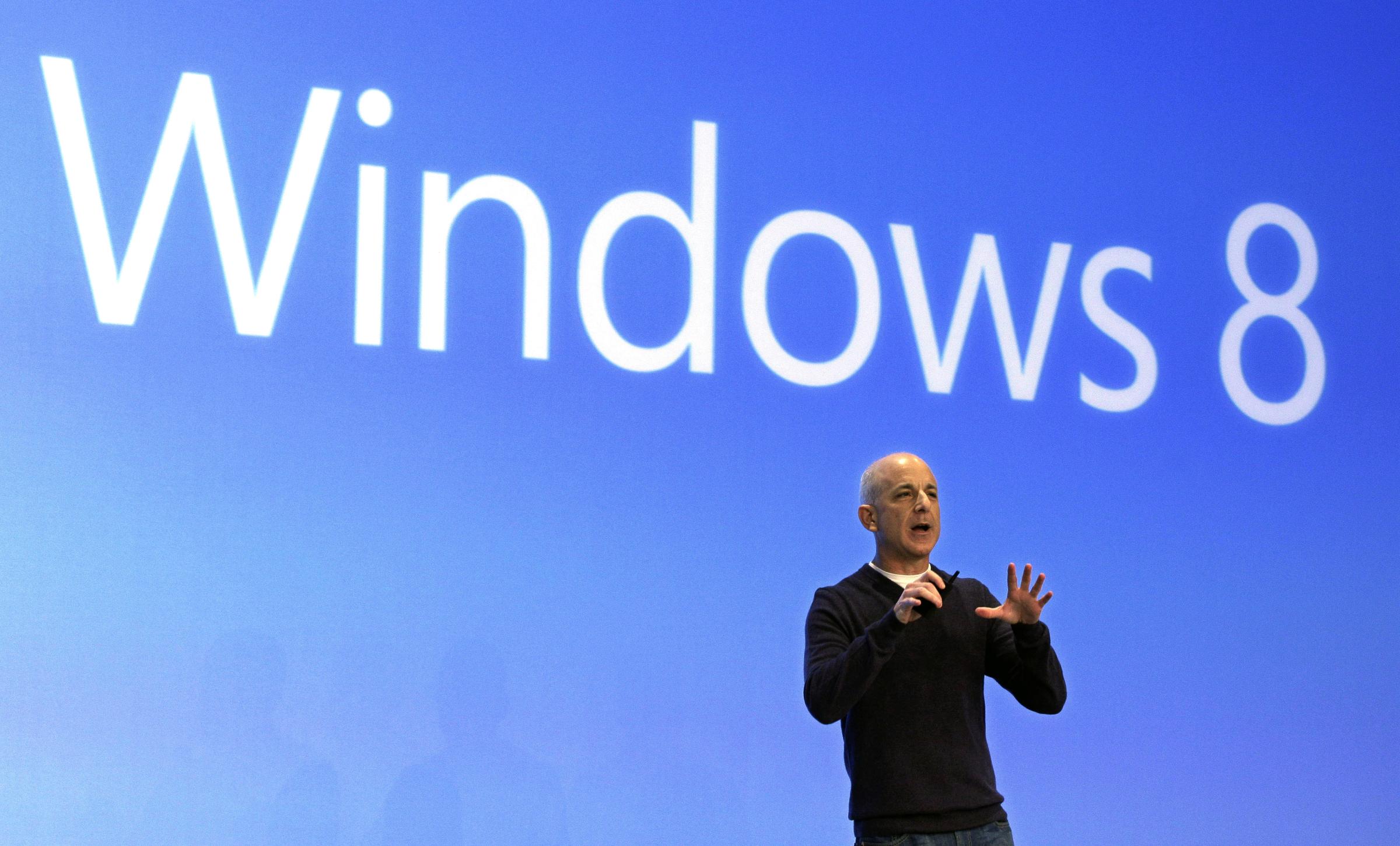
Deplored by many for its removal of Windows’ iconic “Start” button, Windows 8 in 2012 was the biggest rethink of Microsoft’s too-big-to-fail computing linchpin since Redmond first slapped a “Start” button in Windows 95’s lower left-hand corner. Consumers weren’t sure what to make of Microsoft’s colorful, tile-driven “Metro” interface, which worked fine on the company’s fledgling Surface tablets, but felt convoluted on laptops and desktops (which went on to account for virtually all of Windows 8’s market share). This merging was arguably brilliant and too far ahead of its time.
12. MySpace
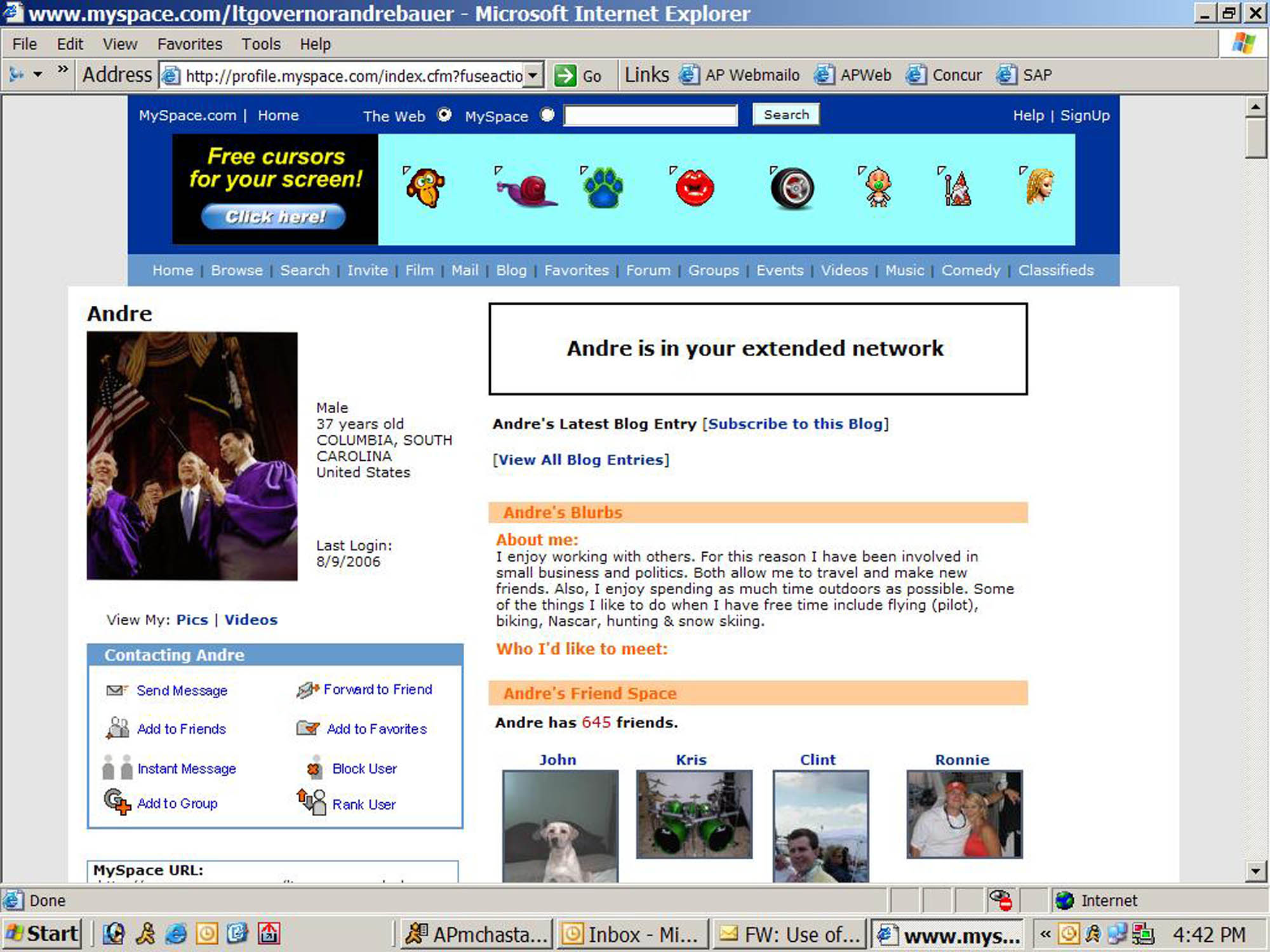
MySpace was the place where “web stars are born” and “music and film careers are launched,” as TIME wrote when we named it one of the 50 best websites of 2006. And it certainly helped popularize the basic concept of social media and online profiles.
But this once-king of social media was overtaken by rival Facebook around 2009. What happened? Some observers blame bureaucratic morass after NewsCorp purchased MySpace’s parent company for $580 million in 2005. Facebook, which now boasts 1.86 billion monthly active users, likely learned from MySpace’s demise, staying quick to adapt to changing user tastes and remaining unafraid to pay big sums to gobble up potential rivals like Instagram, which it acquired for $1 billion in 2012.
(The firm’s core assets are now owned by TIME’s parent company.)
11. AltaVista
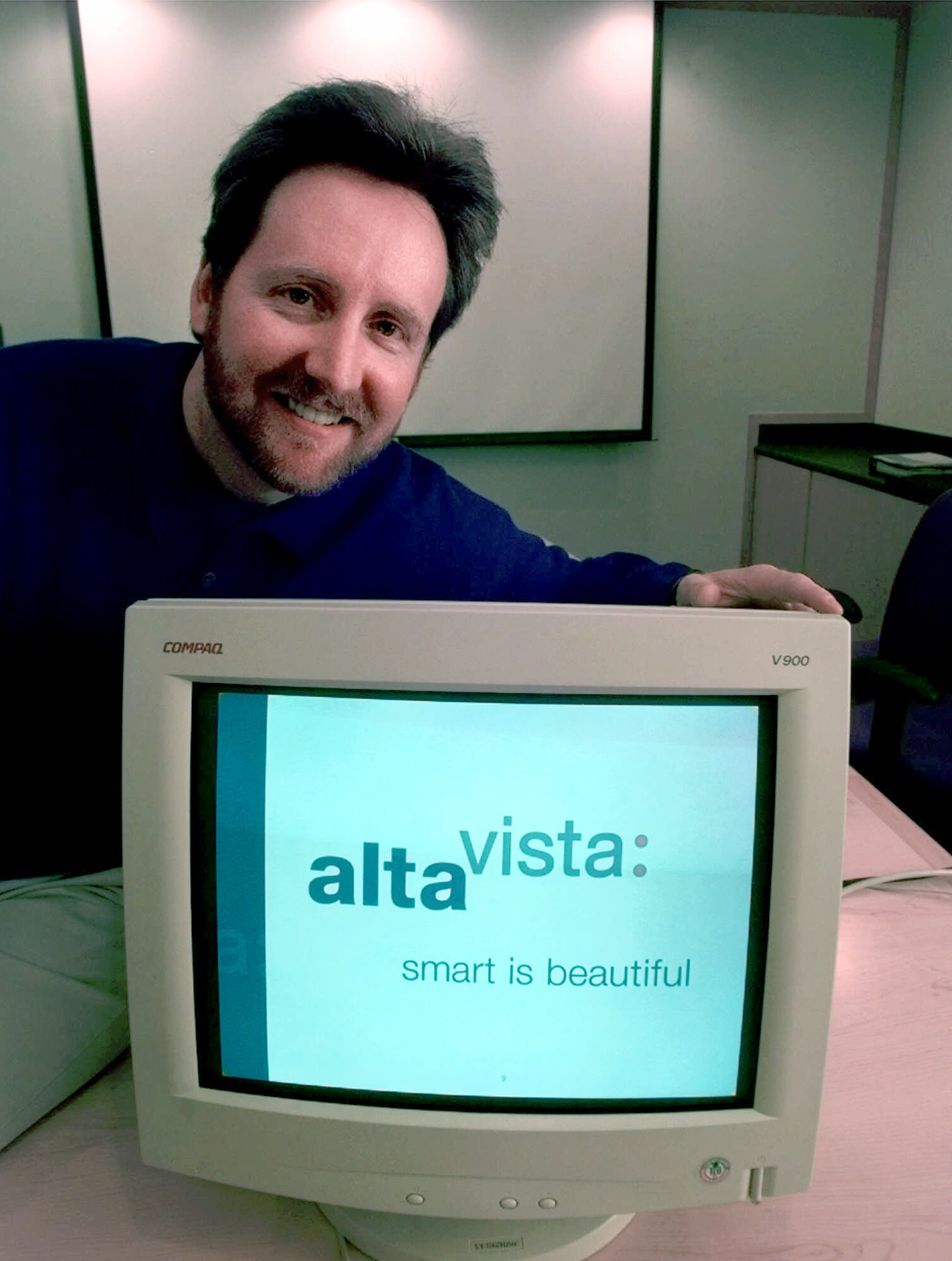
At a time when the idea of retrieving answers to questions by typing a question into a computer seemed like magic, Altavista thrived. Founded in 1995, it set the stage for Google, which has become such an incremental part of how we discover information that “googling” is part of our vernacular.
So what went wrong with Altavista? No one seemed to know what to do with it, which means it ended up being neglected and was poorly managed. Over the years, AltaVista bounced from original parent company Digital Equipment, which Compaq bought in 1998, to CMGI the following year, and then to Overture in 2003, a company that Yahoo bought later that year. Yahoo officially killed AltaVista 10 years later in 2013, and Google continues to dominate the Internet search landscape.
10. Google Glass
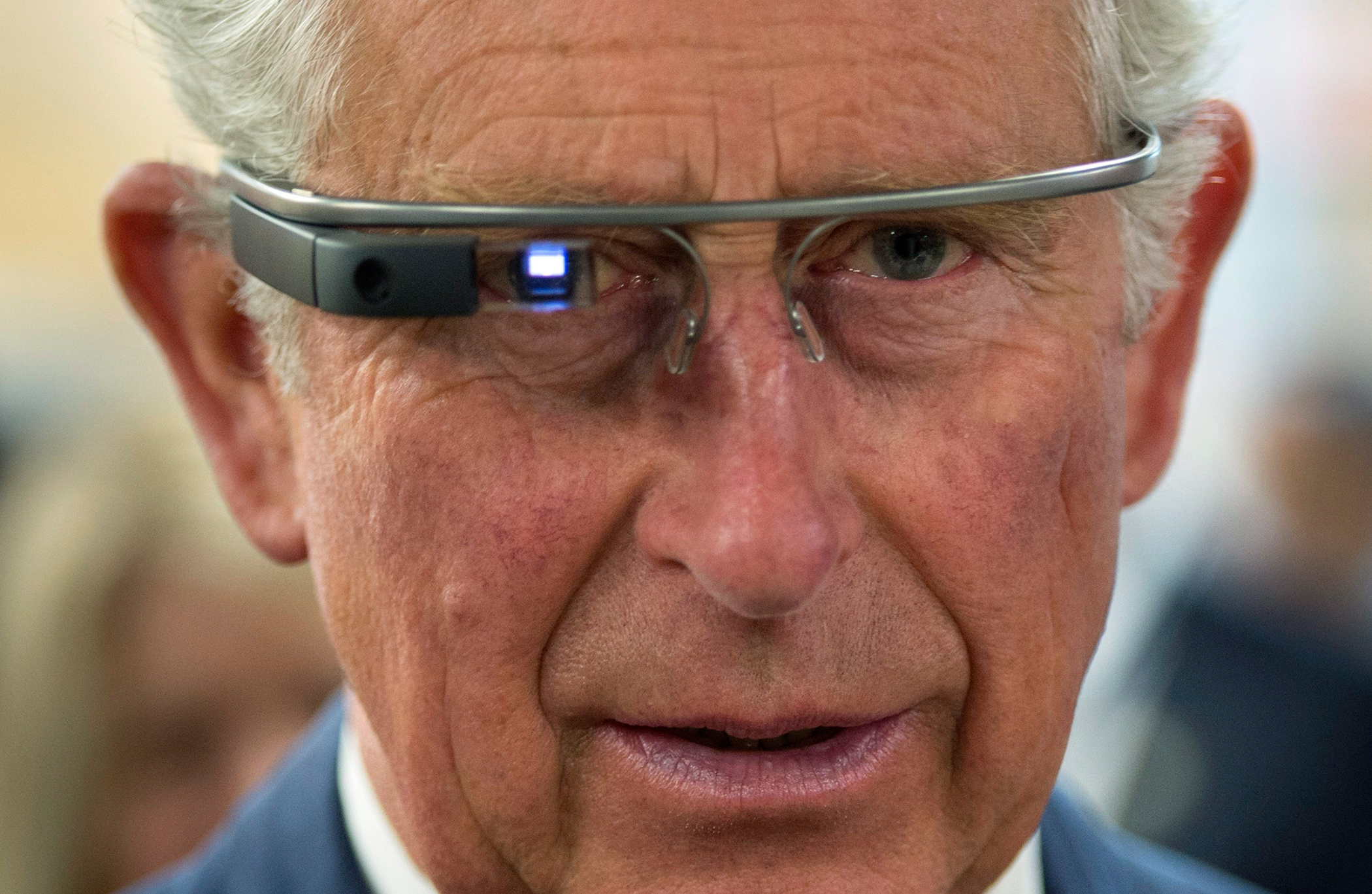
Few gadgets have debuted with as much buzz as Google Glass, the smart spectacles the search giant unveiled in 2012. From its flashy introduction demo that featured skydivers streaming their jump through the device, to a spread in Vogue, Glass had possibly one of the most-hyped gadget launches of all time. But all for naught: Google shelved the product in 2015, though it’s still being used in some professional applications.
What happened? The headset’s high price tag ($1,500) and concerns about privacy kept it from going mainstream. Glass made it easy to record video discretely, which prompted some bars, restaurants, and movie theaters to ban the gadget (and gave rise to the term “glasshole.”) While Glass may have failed, it offered valuable lessons about wearable tech. Namely: Nobody likes to be recorded without their knowledge.
9. Dreamcast
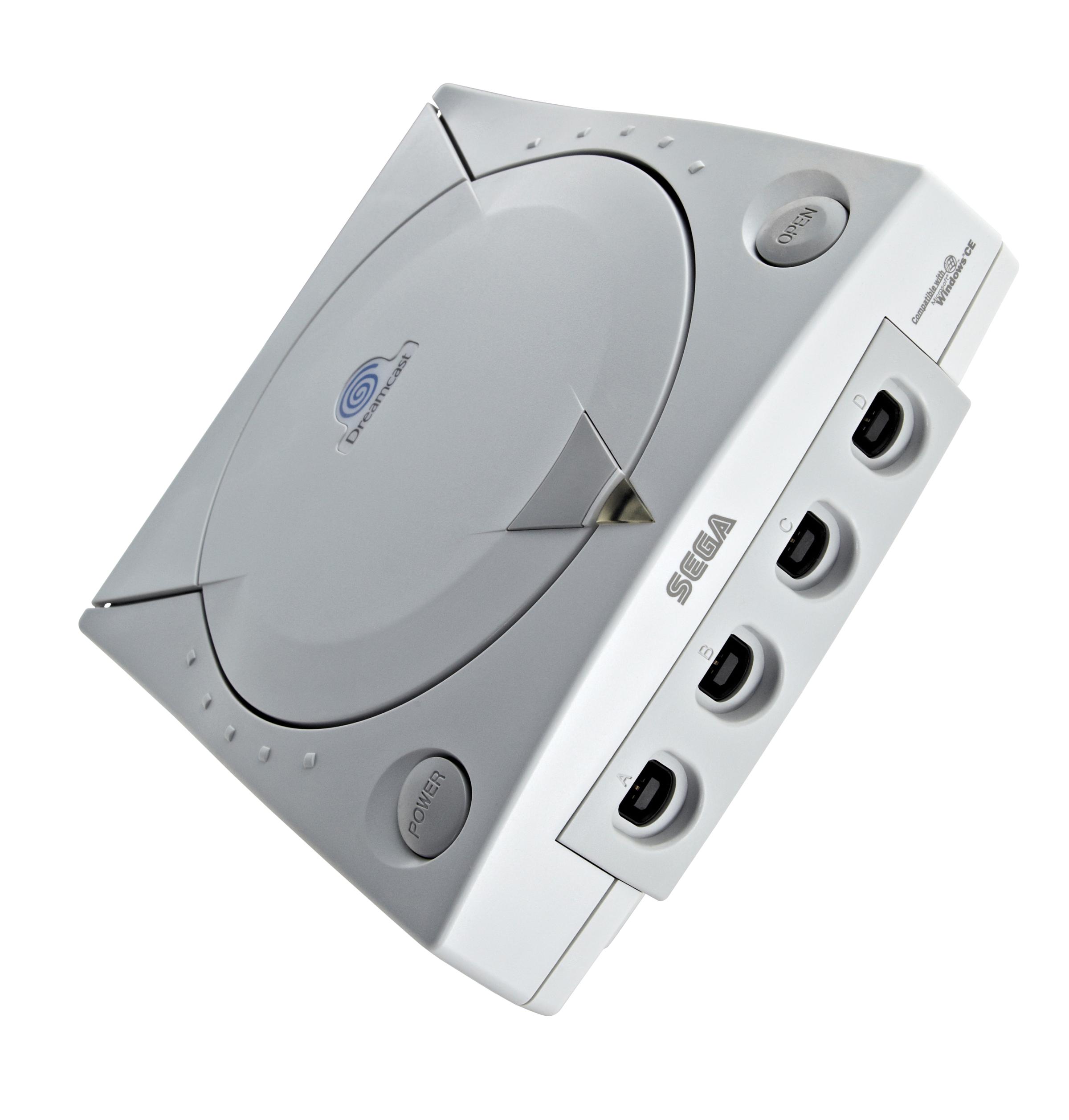
Sega’s spiral-topped, candy-buttoned swan song console was the video game powerhouse buyers didn’t know they needed half a decade too soon. Released in Japan in November 1998 and North America in 1999, it combined home-arcade wish fulfillment with a built-in modem for online multiplayer (a console first) as well as controllers with second screens years before Nintendo’s DS handhelds. Unable to lure gamers mesmerized by the marketing hype around next-gen Sony and Nintendo systems, the Dreamcast has since become an exemplar of how to fail in an industry, but go out with a thunderclap.
8. Motorola ROKR E1

Apple’s iPhone popularized the idea of a phone that doubles as a seemingly unlimited jukebox. But it wasn’t the company’s first turn at making a music-centric phone. The ROKR E1, released in 2005 in partnership with Motorola, was the first phone pre-packaged with a version of Apple’s iTunes music software. However, the device was more or less dead on arrival, as critics lamented the software’s sluggish performance and the phone’s small storage capacity. Still, it foretold a better future, one in which our phones can summon up nearly any song on command.
7. Segway
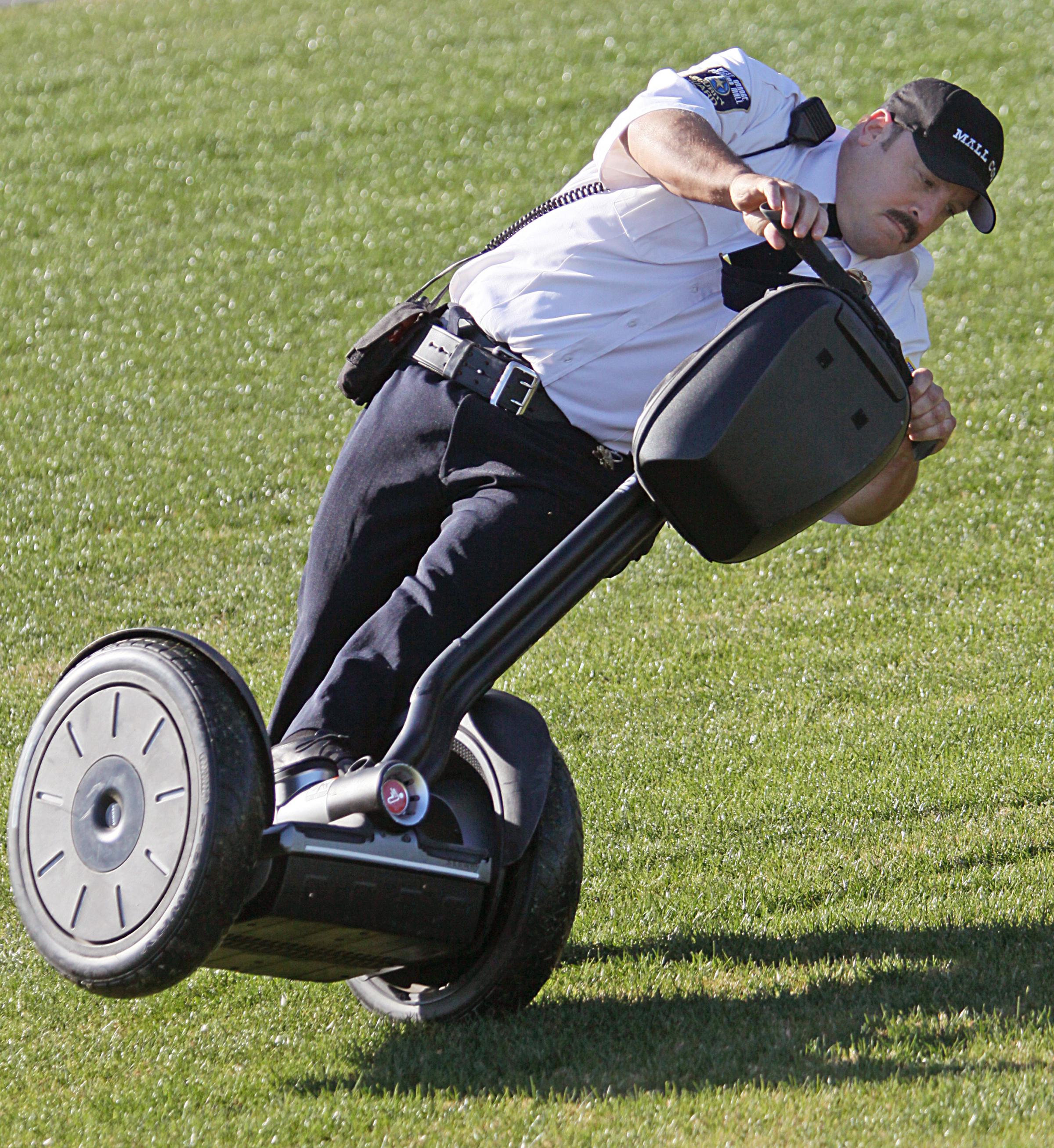
Perhaps no gadget evokes the early turn of the century like the Segway, a personal motorized scooter that riders control by leaning in one direction or another. Designed as a revolutionary new transportation option, Segways have largely been relegated to the realm of the mall cop and tour group. But for whatever reason, technologists never tire of trying to replace the well-proven movement method of walking around — The Great Hoverboard Craze of 2015-16 can trace its origins directly to this stand-up scooter.
6. QR Codes

QR codes sound like a genuinely useful idea: Barcode-like symbols that smartphone users could scan for more information about some real-world object, be it a movie poster or a museum exhibit. The idea? It’s easier to scan a code than it is to type a long and unwieldy URL into a mobile Internet browser.
Though it remains popular abroad, the technology never caught on in the U.S. — perhaps because QR codes tend to be ugly and jarring. However, the idea of scanning real-world objects with our smartphones remains: Pinterest recently introduced Lens, an app that analyzes physical items to help you find similar products for sale online.
5. Pebble

Apple and Samsung may have popularized the smartwatch, but Pebble led the way beforehand. The original Pebble became the most-funded Kickstarter product of all time, raising more than $10 million in 2012. And the company cultivated a strong developer following, with hundreds of third-party apps and watch faces available.
But the smartwatch market was too small for Pebble to survive for long, especially when the world’s biggest tech giants entered the space. In December 2016, Pebble announced it would sell its technology and other assets to Fitbit. Still, versions of some of Pebble’s early ideas can be found in today’s top smartwatches.
4. The Daily
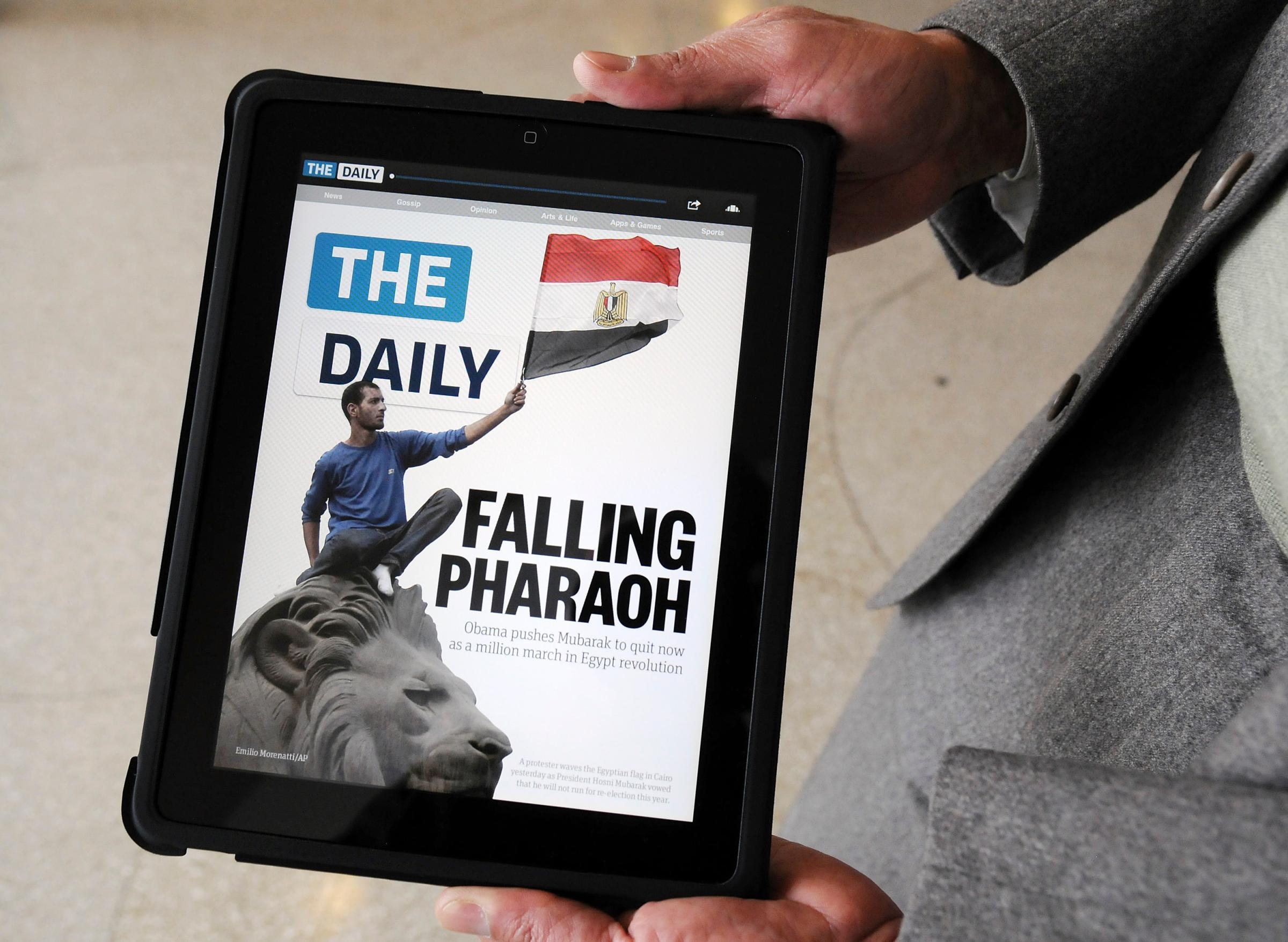
Launched with hype and hoopla during the honeymoon period following Apple’s original iPad reveal, The Daily, a News Corp.-backed digital-first newspaper, featured flashy graphics, embedded video, and new ways for readers to interact with stories. But the e-paper required a paid subscription that was arranged through the iTunes Store, and revenue was split with Apple, a model that proved unsustainable. While The Daily shut down after less than two years, many media outlets are still looking to mobile devices as the future — though profitability remains a largely un-cracked nut.
3. MapQuest

Long ago, MapQuest was one of the best options around for getting driving directions before you set off on your road trip. While it still exists — it was the number-two mapping service in the U.S. as of 2015 — it’s been largely outmoded by Google Maps, Apple Maps and other smartphone-based GPS services that rendered pre-printed driving directions obsolete. Still, the service was many users’ first foray into getting driving directions from the Internet, leading to the much-improved services we enjoy today.
2. Virtual Boy

Nintendo’s Virtual Boy, released in 1995, was a physically uncomfortable mess of a game system. It wasn’t even “virtual,” instead offering a crude tabletop version of what viewers now routinely experience when they pop on stereoscopic 3D glasses at the movies. But creator Gunpei Yokoi’s critical misfire was vital in at least this sense: It got the public thinking about virtual reality decades before true virtual headsets like the Oculus Rift arrived.
1. TiVo

One of the first Digital Video Recorders, or DVRs, to come to market — and a brand so successful it became a verb — TiVo to this day puts out some of the best set-top boxes on the planet. But the company is on this list because it played nice when it should have dominated. For instance, instead of suing when cable companies rolled out their own DVRs, TiVo waited to see if they could work out a deal, because it was reliant on the TV providers. Then, rather than marketing how much better TiVo boxes were than cable DVRs, the company tamed its revolutionary commercial-skipping features. And finally, when TiVo did sue, it was too late — cable company DVRs were everywhere. TiVo won all its patent infringement cases, bringing home $1.6 billion that has sustained the company to this day. But considering that many consumers think TiVo went out of business, in the end, did it really win? Maybe, because we can at least thank it for popularizing DVRs.
More Must-Reads From TIME
- The 100 Most Influential People of 2024
- Coco Gauff Is Playing for Herself Now
- Scenes From Pro-Palestinian Encampments Across U.S. Universities
- 6 Compliments That Land Every Time
- If You're Dating Right Now , You're Brave: Column
- The AI That Could Heal a Divided Internet
- Fallout Is a Brilliant Model for the Future of Video Game Adaptations
- Want Weekly Recs on What to Watch, Read, and More? Sign Up for Worth Your Time
Write to Matt Peckham at matt.peckham@time.com